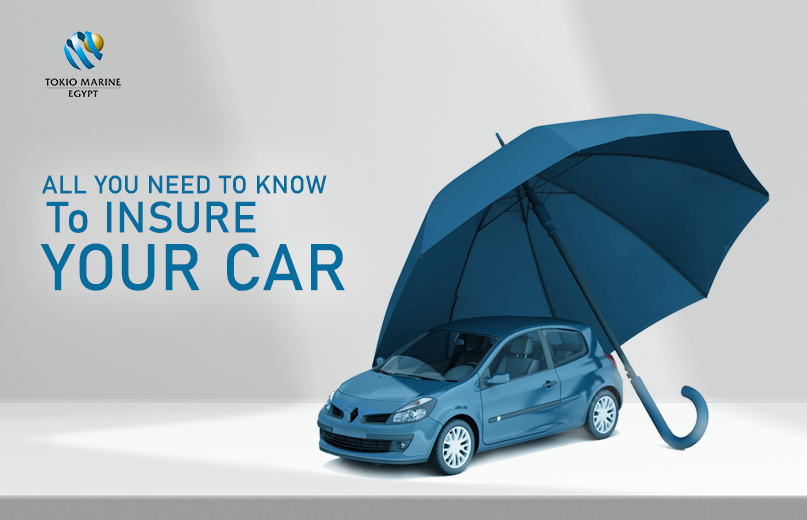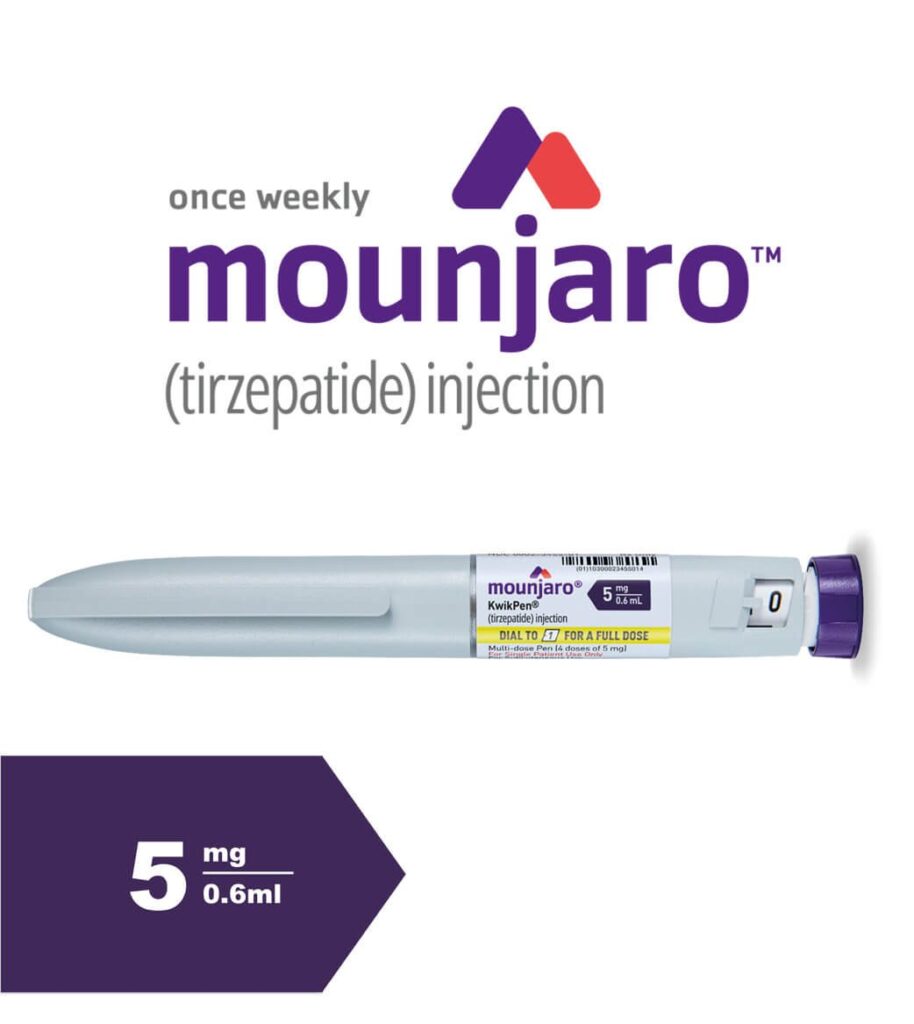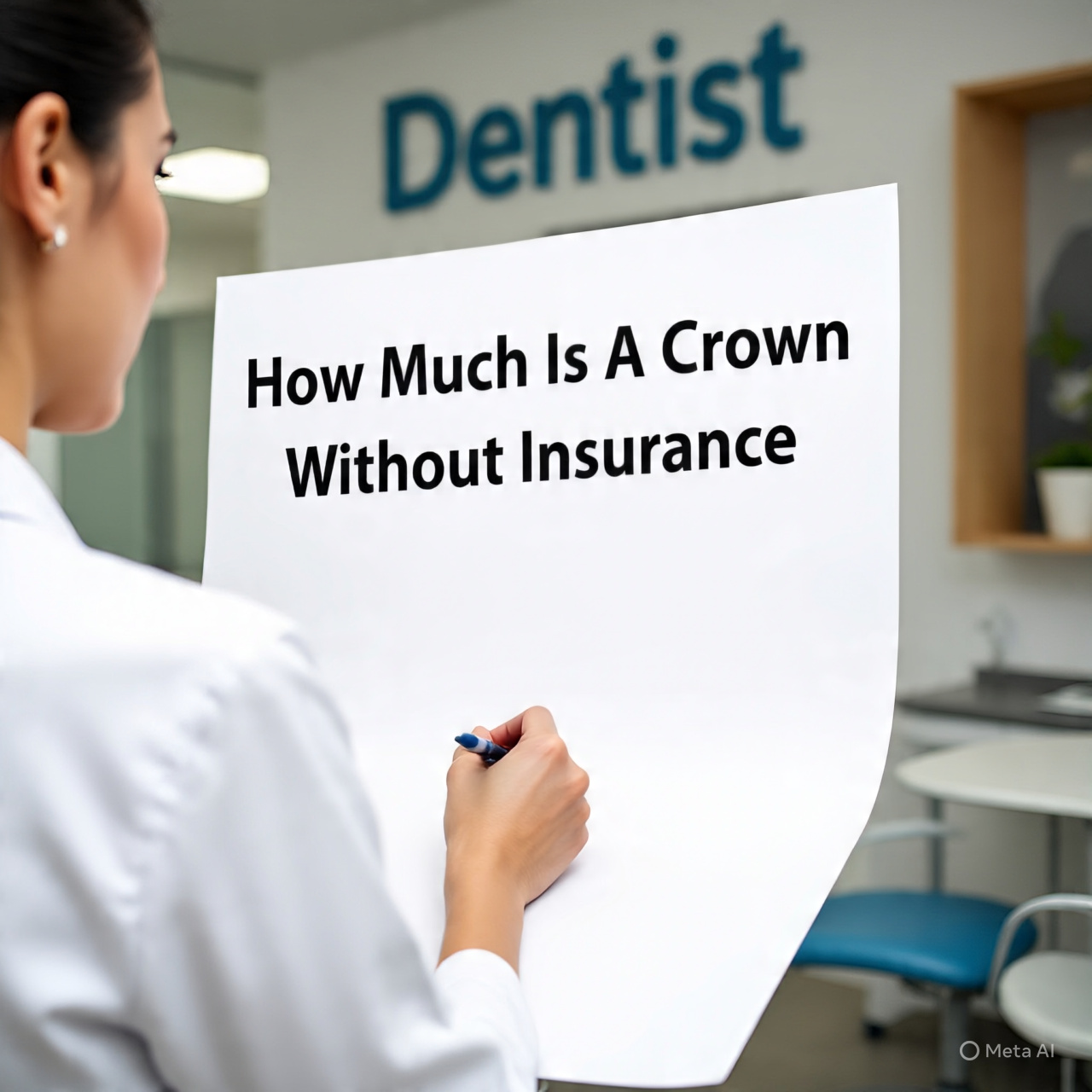 Did you know that car insurance quotes comparison can reveal
Did you know that car insurance quotes comparison can reveal
price differences of more than $1,000 per year
between companies for the same coverage?
Average full coverage rates now hit $2,296 annually, which makes finding the
best deal more crucial than ever. Insurance experts suggest getting car
insurance quotes from at least three different providers before you make your
choice.
Here’s the good thing – you don’t have to figure this out by yourself. We’ve
analyzed over 1.5 billion auto insurance rates from 700+ companies across
29,000 U.S. cities and created this detailed guide to help you compare quotes
effectively. This could save you hundreds on your premium.
Want to cut down your car insurance costs? Let’s take a closer look at
everything you need to know about finding the best rates that fit your
situation.
Understanding Car Insurance Quote Basics
A car insurance quote shows how much you might pay based on details about you,
your vehicle, and your driving history. You’ll make better choices between
insurance providers by knowing what goes into these quotes.
Key components of an auto insurance quote
Your auto insurance quote has several vital elements that decide your coverage
and costs. Here are the main components:
Coverage Types: Bodily injury liability, property damage
liability, collision, and comprehensive coverage-
Coverage Limits: Maximum amount insurers will pay for
claims -
Deductibles: Your out-of-pocket expenses before coverage
begins -
Premium Details: Monthly, quarterly, or annual payment
options -
Policy Term: Usually six or twelve months duration
Factors affecting quote accuracy
Insurance companies look at many factors to give you accurate quotes. Your
location matters a lot –
urban areas typically face higher rates
because there’s more risk of accidents, theft, and vandalism. Your vehicle’s
make, model, and safety features also shape your quote.
Your driving record has a big impact on quote accuracy. Accidents and traffic
violations can push your rates up, while a clean record often means lower
premiums. The miles you drive each year matter too –
drivers covering less than 12,000 miles yearly
usually pay less.
Common quote terminology explained
Learning insurance terms helps you assess quotes better.
Actual Cash Value (ACV) is what your car is worth after
factoring in age, mileage, and condition. The
Declarations Page lists your policy’s important details,
including coverage types and limits.
Endorsements change your coverage by adding or removing
specific protections. These changes can affect your premium.
Exclusions show what your policy won’t cover, so you need to
understand these limits when comparing quotes.
The Premium is what you pay in total, while
Rates are the basic units used to calculate your final
premium. These terms help you compare car insurance quotes and pick the right
coverage for your needs.
Gathering Information for Accurate Comparisons
Getting accurate car insurance quotes starts with the right preparation and
organization. You need the right information and documents to get accurate
quotes that make comparison easy.
Required personal and vehicle documentation
You need two main types of documents: personal information and vehicle
details. Personal documentation should include your
driver’s license number, Social Security number, and birth date. Your vehicle documentation needs the Vehicle Identification Number (VIN),
make, model, year, and current mileage.
You’ll need these documents to get accurate quotes:
-
Current insurance declarations page
-
Vehicle registration and title information
-
Driving history records (past 5 years)
-
Safety feature documentation
-
Proof of anti-theft devices
-
Current odometer reading
Creating a standardized comparison spreadsheet
A standardized comparison spreadsheet will help you track and assess multiple
insurance quotes. Start by creating columns for company names, contact
information, and financial ratings. Add sections for coverage types, limits,
and deductibles next. Finally, make space for annual premiums and available
discounts.
Your spreadsheet should track key policy elements like liability coverage,
comprehensive and collision options, and extra endorsements. Keep separate
rows for each coverage type to make side-by-side comparisons easier.
Tips for organizing multiple quotes
Insurance experts suggest getting quotes from at least three different
providers. Here are some organization strategies that will help you compare
better:
Give similar information for each quote request. Use the same mileage, driving
history, and coverage requirements for all insurers. This way, quote
differences will show real price variations instead of information gaps.
Make sure each insurance provider has a license in your state. It’s also
important to use secure websites that protect your personal information when
getting online quotes.
Keep digital copies of quotes in one folder and note when they expire since
most
quotes remain valid for 30 days. Create a timeline to follow up with insurers and ask for updated quotes if
needed.
Note that documenting all available discounts from each company is crucial.
Look for multi-policy bundles, good student rates, or safety feature
reductions. This detailed approach helps you find all possible savings while
keeping organized records that are easy to compare.
Using Online Car Insurance Quote Tools
Car insurance comparison tools make it easy to review multiple quotes at once.
Recent data shows
60% of people who compare insurance quotes save money
on their coverage.
Best comparison sites for car insurance
Compare.com
and Insurify lead the pack as reliable car insurance comparison platforms.
These sites have direct partnerships with insurance providers and give
immediate quotes based on your information. The Zebra, though prominent, comes
with fewer quote options.
Quality comparison sites stand apart from simple lead-generation platforms
through several key features:
-
Direct insurance company partnerships
-
Immediate quote generation
-
Secure data handling protocols
-
Immediate policy signup options
Maximizing comparison website features
Your best results come from entering accurate details about yourself and your
vehicle. You can also adjust deductibles and coverage options to see how
different choices shape your premium.
These platforms save time by putting quotes from different providers in one
place. The sites include filters that help you find policies with specific
discounts or features matching your needs.
The best approach is to
review at least three to four quotes from reputable companies. Customer service ratings and complaint records deserve your attention since
they show the quality of service you can expect.
Avoiding common online quote pitfalls
Being mindful of potential problems helps you get accurate quotes. Online
tools might miss complex driving histories or special coverage needs, like
classic cars or RVs. On top of that, some quotes might not reflect:
-
Bundling discounts for multiple vehicles
-
Specific coverage requirements for specialized vehicles
-
Complete driving history effects
-
Actual risk level assessments
Stay away from comparison sites that offer quotes without asking for personal
information – they likely give inaccurate estimates. Your privacy matters, so
stick to secure, reputable platforms that protect your personal data.
Make sure quoted coverage types and limits match in all comparisons. This
gives you a fair way to review equivalent policies instead of different
coverage levels.
Analyzing Coverage Options and Limits
Smart car insurance decisions depend on finding the right balance between
protection and cost. We reviewed different coverage types, set proper limits,
and analyzed how deductibles change your premiums.
Essential vs optional coverage types
Most states require specific coverage types by law. Basic coverage has bodily
injury liability and property damage liability. You can get many more optional
coverage types to improve your protection:
-
Collision Coverage: Pays for damage to your car from
accidents with other vehicles or objects -
Comprehensive Coverage: Covers non-collision damage like
theft, vandalism, or natural disasters -
Personal Injury Protection: Handles medical expenses and
lost wages -
Medical Payments Coverage: Provides additional medical
cost protection -
Gap Insurance: Covers the difference between your car’s
value and loan balance
Determining appropriate coverage limits
Coverage limits are the maximum amount your insurance pays for a claim.
Insurance experts suggest getting liability coverage equal to your net worth
to protect your assets. To cite an instance, see the recommended bodily injury
protection limits of
at least $100,000 per person and $300,000 per accident.
You need higher coverage limits if you have substantial assets.
Notwithstanding that, higher coverage limits raise your premium costs, so you
must balance protection with what you can afford.
Comparing deductibles and premiums
Your deductible choice substantially affects your insurance costs. In fact,
increasing your deductible
from $200 to $500 can reduce collision and comprehensive coverage
premiums. A $1,000 deductible might save you even more money.
Your deductible-premium relationship works like this:
-
Higher deductible = Lower premium, higher out-of-pocket costs
-
Lower deductible = Higher premium, lower out-of-pocket costs
Your insurance company will pay $4,500 for a $5,000 claim if you have a $500
deductible. The best deductible amount matches your financial situation and
risk tolerance.
Different deductible options change your premiums dramatically. To name just
one example, switching from $50 deductibles to $250 could save about 29% on
physical damage premiums. But you should review these savings against your
ability to pay the higher deductible when filing a claim.
Evaluating Insurance Company Credentials
Choosing a financially stable and customer-focused insurance provider is a
vital step in your car insurance comparison process. Five independent agencies
assess insurers’ financial strength: A.M. Best, Fitch, Kroll Bond Rating
Agency (KBRA), Moody’s, and Standard & Poor’s.
Checking financial stability ratings
Financial stability ratings show an insurer’s ability to pay claims,
especially during systemic disasters like hurricanes or wildfires. Each rating
agency works with its own scale and method:
-
A.M. Best uses 15 categories (A++ to D)
-
Fitch and Kroll use 24 and 22 categories respectively
-
Standard & Poor’s employs 19 categories
-
Moody’s uses 21 distinct rating classes
Note that an A+ rating means different things depending on the agency. To name
just one example, an A+ from A.M. Best shows their second-highest rating,
while the same grade from Fitch or S&P indicates their fifth-highest
category.
Reviewing customer satisfaction scores
Financial strength doesn’t guarantee great service. Recent J.D. Power studies
show that
customer satisfaction with auto insurance dropped 12 points
(on a 1,000-point scale) year over year. This marks the biggest decline in two
decades.
Rising rates have made customer trust more important. The data reveals:
-
51% of customers report low trust in their auto insurer
-
15% maintain high trust levels
-
34% express moderate trust
Customer satisfaction scores show remarkable differences based on trust:
-
High-trust customers average 917 points (out of 1,000)
-
Low-trust customers score 426 points lower
-
90% of high-trust customers likely renew policies versus 30% of low-trust
customers
Assessing claims processing efficiency
State-of-the-art technology has improved claims processing. Modern insurers
use artificial intelligence and image recognition technology to improve the
estimation process. These changes have led to measurable results:
AI implementation has helped insurers achieve:
-
29% efficiency improvements in claims processing
-
Reduced cycle times for claim resolution
-
Better accuracy in damage assessment
The National Association of Insurance Commissioners (NAIC) sets a complaint
index standard of 1.0. Higher numbers show more complaints than expected for a
company’s size. This metric helps assess an insurer’s claims handling
performance objectively.
You should look at each company’s claims processing capabilities when
comparing quotes. Digital tools now let you submit claims through smartphones
quickly. Some insurers also provide interactive dashboards that access over
1.7 billion claims in their databases, which speeds up resolution times.
Implementing Money-Saving Strategies
Getting the best deals on car insurance needs smart planning that combines
multiple discounts, clever policy bundling, and the right timing for quotes.
You can secure better rates by knowing what discounts are available and how to
qualify for them.
Qualifying for maximum discounts
Insurance companies give various discounts that can cut premiums by up to 40%,
based on eligibility and type. Here’s what you can save money on:
-
Safe driver rewards
-
Professional organization memberships
-
Vehicle safety feature discounts
-
Military service recognition
-
Good student incentives
-
Low mileage benefits
-
Automatic payment arrangements
-
Early quote request bonuses
A clean driving record remains your best shot at qualifying for discounts.
Your premiums can drop further when you add safety features or anti-theft
devices to your vehicle.
Bundling insurance policies effectively
Bundling multiple insurance types with one provider saves you more money than
buying separate policies. Companies typically offer 10% to 25% off when you
combine home and auto insurance. State Farm customers can save up to $704 by
bundling their renters and car insurance policies.
These bundling combinations work best:
-
Auto and homeowners insurance (up to 25% savings)
-
Auto and renters coverage
-
Auto and life insurance policies
-
Auto and umbrella insurance
Insurance companies see bundled customers as preferred clients. Bundling makes
insurance management easier through:
-
Single point of contact for claims
-
Consolidated billing
-
Optimized policy management
-
Better coverage coordination
Timing your quote requests strategically
Your premium rates can change based on when you request car insurance quotes.
Experts suggest comparing quotes yearly, while some recommend reviews every
six months to match standard policy terms.
Smart timing for quote requests depends on:
Life events that need new quotes:
-
Marriage
-
Home purchase
-
Relocation
-
Educational achievements
-
Career changes
These events often make you eligible for new discounts or rate adjustments.
Homeowners usually get better auto insurance rates because companies see them
as lower-risk clients.
You’ll save more money by requesting quotes:
-
Before policy renewals
-
After positive credit score changes
-
When violations expire from driving records
-
During major life transitions
Note that insurance companies don’t run seasonal sales or promotional offers
like car dealers do. Focus on getting quotes during personal milestones and
policy renewal dates to get the best results.
Most insurers let you change policies without penalties, though some charge
cancelation fees or have earned premium requirements. Think about these costs
when planning your insurance switches.
Check your policy annually to avoid paying for coverage you don’t need and
find new ways to save. Life changes like marriage, moving, or switching jobs
can affect your coverage needs and premium costs.
Conclusion
Smart car insurance comparison depends on several key factors. You need to
understand simple coverage types and assess company credentials. The right
information and tools will help you make informed decisions about auto
insurance coverage and secure substantial savings.
Getting maximum discounts requires careful research and smart timing of quote
requests. Policy bundling and a clean driving record are proven ways to reduce
your premiums. Your insurance needs evolve over time, so regular policy
reviews help maintain optimal coverage and costs.
Your effort to compare quotes thoroughly will reward you with better coverage
and lower rates. Drivers who use these guidelines typically save 30% or more
on their car insurance premiums. Take the time to review multiple quotes,
understand policy details, and select coverage that fits your needs. This
approach will give a solid balance of protection and value for your insurance
investment.










